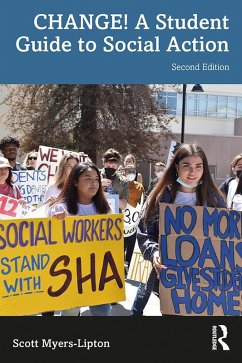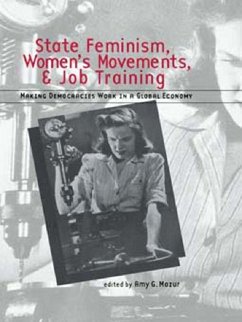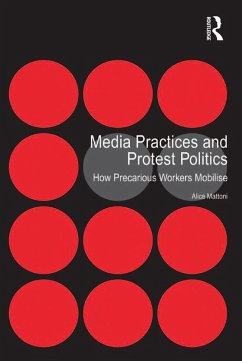
Social Movements, 1768 - 2018 (eBook, ePUB)
Versandkostenfrei!
Sofort per Download lieferbar
39,95 €
inkl. MwSt.
Weitere Ausgaben:

PAYBACK Punkte
20 °P sammeln!
Social Movements 1768-2018 provides the most comprehensive historical account of the birth and spread of social movements. Renowned social scientist Charles Tilly applies his synthetic theoretical skills to explain the evolution of social movements across time and space in an accessible manner full of historical vignettes and examples. Tilly explains why social movements are but a type of contentious politics to decrease categorical inequalities. Questions addressed include what are the implications of globalization and new technologies for social movements, and what are the prospects for soci...
Social Movements 1768-2018 provides the most comprehensive historical account of the birth and spread of social movements. Renowned social scientist Charles Tilly applies his synthetic theoretical skills to explain the evolution of social movements across time and space in an accessible manner full of historical vignettes and examples. Tilly explains why social movements are but a type of contentious politics to decrease categorical inequalities. Questions addressed include what are the implications of globalization and new technologies for social movements, and what are the prospects for social movements? The overall argument includes data from mobilizations in England, Switzerland, Czechoslovakia, Russia, China, India, Argentina, Chile, Cuba, Mexico, Egypt, Tunisia, Iran, Iraq, and Kazakhstan.
This new edition has been fully updated and revised with young researchers and students in mind. New case studies focus on social movements in Mexico, Spain, and the United States including Black Lives Matter, immigrants' rights struggles, The Indignados, the Catalan movement for independence, #YoSoy132, Ayotzinapa43, mass incarceration and prisoner rights, and more. Timelines are included to familiarise the reader with the events discussed and discussion questions are framed to increase understanding of the implications, limits, and importance of historical and ongoing social movements.
This new edition has been fully updated and revised with young researchers and students in mind. New case studies focus on social movements in Mexico, Spain, and the United States including Black Lives Matter, immigrants' rights struggles, The Indignados, the Catalan movement for independence, #YoSoy132, Ayotzinapa43, mass incarceration and prisoner rights, and more. Timelines are included to familiarise the reader with the events discussed and discussion questions are framed to increase understanding of the implications, limits, and importance of historical and ongoing social movements.
Dieser Download kann aus rechtlichen Gründen nur mit Rechnungsadresse in A, B, BG, CY, CZ, D, DK, EW, E, FIN, F, GR, HR, H, IRL, I, LT, L, LR, M, NL, PL, P, R, S, SLO, SK ausgeliefert werden.













